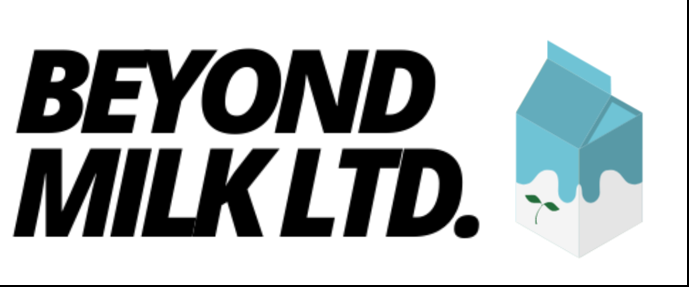Project Category: Chemical
Join our presentation
Please click our logo to proceed to the Zoom meeting
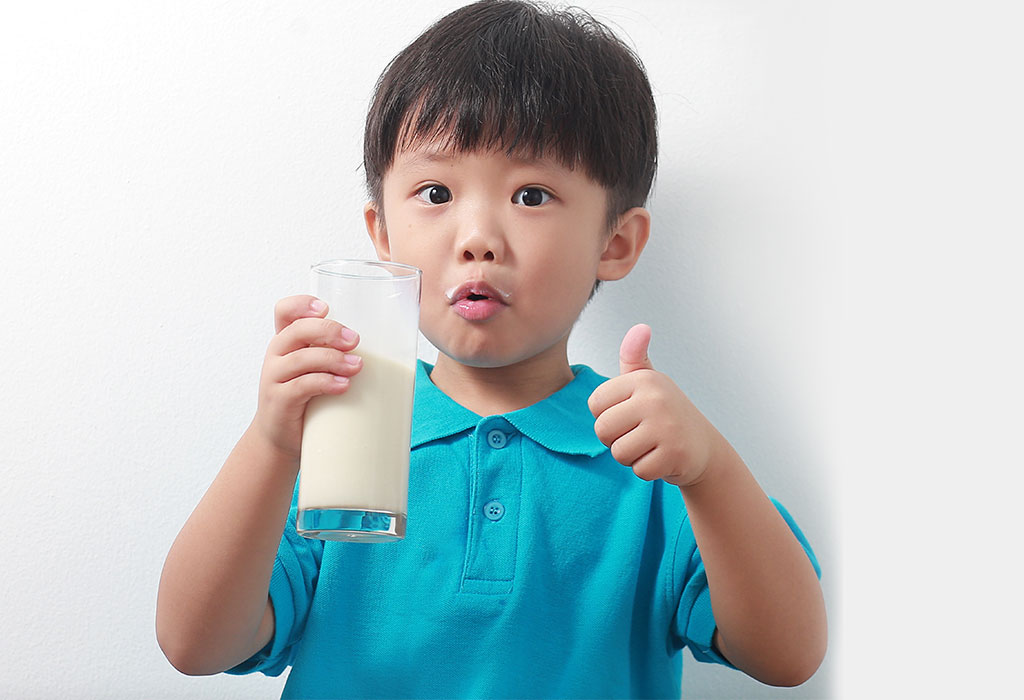
About our Project
Due to the ethical, social, and environmental concerns of cow’s milk production, there has been a need for a viable alternative to cow’s milk, without the need for the cow itself. For instance, it has been estimated that dairy products contribute to about 3.6% of global warming emissions annually. Ethical concerns remain over the production of cow’s milk due to concern over the treatment of cattle.
Recently, biotechnology companies such as Perfect Day use genetically modified yeast that contains casein and whey proteins from bovine DNA to produce “clean milk.” Home labs such as BioCurious and CounterCulture Labs worked on the Real Vegan Cheese project, which aimed to produce cheese that traces its origins from milk cultivated from genetically modified yeast. A similar phenomenon is on the rise in other types of meat and their derivatives. The most prominent of these is Beyond Meat, now commonly used in the fast-food industry as a substitute source of meat for their burger products.
Beyond Milk was tasked to investigate different pathways for producing the essential components of cow’s milk without the use of animal products. This included investigating processes to combine these components to a drinkable milk alternative, and to design facilities for commercial-scale production.
Meet our Team Members

Omar Al-Sayed 
Saransh Gautam 
Jose Manzano Clemente 
Mevin Moncy 
Arby Seño
Details About our Design
HOW OUR DESIGN ADDRESSES PRACTICAL ISSUES
This design uses modified yeast in order to generate the proteins that are present in cow’s milk, such as casein and whey, and excluding lactose to accommodate for the lactose intolerant population. BML has chosen almonds as a source of fat for the milk, and also due to its marketability and popularity.
When compared to cow’s milk, the plant-based product proposed by BML utilizes almonds, which have a lesser carbon footprint when compared to the former. The company is also targeting the vegan-milk sector as well as those who are looking for an ethical choice since with the process that BML is proposing, there are no cows involved in the production of its milk.
As the goal of the project is to produce the essential components of cow’s milk without the use of animal products, BML’s process would still generate a plant-based milk alternative that contains the nutritional content present with cow’s milk without any ethical concern whatsoever. The process would still use units made of stainless steel, which also include homogenization and pasteurization units, to ensure that the product is safe for human consumption. Finally, the proposed production process would ensure that there are good manufacturing practices adopted.
WHAT MAKES OUR DESIGN INNOVATIVE?
Do you know how milk is produced today?
Milk produced today is made by artificially inseminating a cow at 13 months of age. Then, they have to bear a calf for 9 months, then later have the calf removed (to be made into a veal). The cow is then maintained in a lactating state for about two years. By age four, the dairy cow is culled for beef. We want to break away from this type of production and produce milk in a greener and more ethical manner.
What makes Beyond Milk’s design innovative is that our design does not use any components that come from animals. At the same time, we are able to produce milk with a similar nutritional value to cow’s milk. We are environmentally conscious and against animal abuse, and we took after these values when designing our animal-free milk. The production of our milk uses less land, water, and energy. To make our highly nutritious milk all we need is a modified yeast with cow’s DNA that is responsible for producing casein and whey proteins. After multiplying in our modified yeast in our yeast maintenance process, sugar is then fed to the modified yeast to produce the essential proteins, casein and whey. From this, we are able to replicate the taste, texture, creaminess, and nutrition of a cow’s milk. Our design creates a win-win situation for those who love cow’s milk and for people who care for the environment and animals.
WHAT MAKES OUR DESIGN SOLUTION EFFECTIVE?
The design proposed by Beyond Milk Ltd. aims to lower energy consumption, greenhouse gas emissions, water consumption, and land use when compared to traditional milk production. For instance, milk production from cows is energy intensive, requiring up to 10 times more energy per kilogram than a similar amount of plant-based proteins. Cows raised for milk are also responsible for approximately 3.6% of global anthropogenic greenhouse gas emissions, and large amounts of waste streams that pollute the environment. In addition, 97% of the proteins and nutrients fed to cows are often wasted, along with the lack of presence of the fed proteins and nutrients in the final milk product. Using modified yeast to produce dairy will decrease the wastefulness of the input-output ratio of the nutrients and vitamins along with a higher presence of additional health benefits from almonds, such as beta-glucan, as proposed by the design. Lastly, due to the strain of the GMO yeast acquired, Candida Utilies, the possibility of a higher protein makeup in the final product is viable as when compared to regular cows milk due to the abundance of data on the cells available that can be optimized depending on the firm’s capital and financial status. The prevalence in the rise of the plant-based beverage industry has resulted in unprecedented advances in genetic engineering allowing for novel processes, such as the proposed design, to produce highly competitive products in the appropriate industry.
HOW WE VALIDATED OUR DESIGN SOLUTION
Perhaps the greatest bottleneck of this design is its validation, more so than its inception even. Verifying the legitimacy of this concept was the greatest challenge faced by this team, and was likely a greater project-pace-determining step than most other projects you will see today.
Before considering the unique aspects of our design, we first had to understand that to mimic the final product of dairy milk, was to also mimic the process of bringing dairy milk from cow to carton. That is, for our milk to be as alike in dignity to dairy milk meant to analyze our overall design in the context of dairy milk to ensure that it indeed will end up the same. Our process of integrating the relevant micronutrients into a liquid base, in this case, from almonds, followed by filtering, homogenization, and pasteurization is ultimately not too different from the natural cycle of dairy milk, chemically speaking, of course.
Our business is with organic compounds and macronutrients, substances that are not easily broken down into elements and compounds mappable on prescribed software packages; Much of our simulation was done through approximations only, and much of the rest of the validation was found through previous studies found through scholarly sources on databases for cited papers.
For the purposes of homogenization and pasteurization, processes with the most closely aligned behavior to processes commonly simulated on the software available to us, simulations were run with substances similar in bulk properties, although much simpler, to our organic solutions. For more complicated processes such as bioreactor processes, studies dealing with similar organic solutions were consulted. This approach was best for the project, given the deceptively complicated subject matter of consumer goods processing.
FEASIBILITY OF OUR DESIGN SOLUTION
The plant-based milk industry itself has grown at a rate of 13.2% from 2015 to 2018 and is projected to grow more than 12 billion US dollars between 2018 and 2023. The almond-based alternative is leading with the fastest growth. It is also shown that the consumption of dairy milk is decreasing in the United States, from 0.9 cups per person per day in 1970, to 0.6 in 2010. A similar trend can also be seen in Canada, where dairy milk sales have declined since 2009. In Alberta, the sales for alternative milk have shown a 225% growth from 2011 to 2014. This shows great potential for Beyond Milk to break into the Canadian market.
In Canada, the cow’s milk sector generates over 14.7 billion CA dollars annually. The vegan alternative sector generates 137 million CA dollars annually. Beyond Milk Ltd. hopes to merge these two markets and offer a product for consumers that are allergic to lactose, as well as consumers that are concerned with the abuse animals endure to produce milk. This way consumers can enjoy the taste and nutritional content of dairy milk without compromising their health or personal values.
Partners and Mentors
We would like to thank our supervisor, Dr. Hector de la Hoz Siegler, for his dedication and patience on our consulting firm’s work throughout these past eight months.
Our Photo Gallery
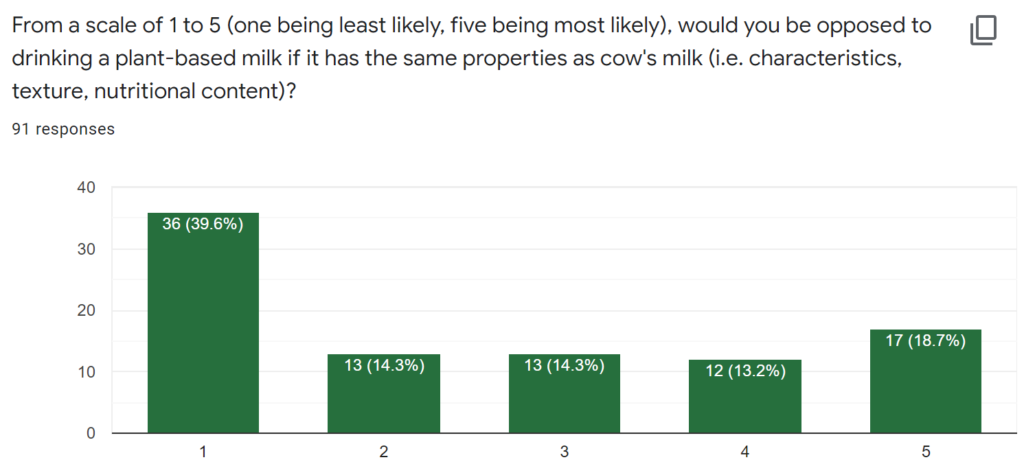
Surveys Results 1 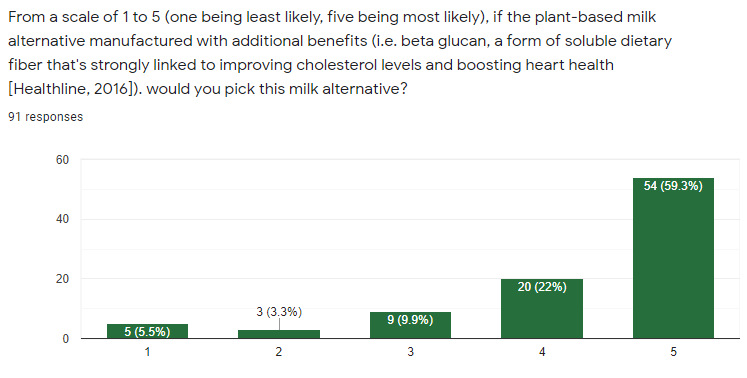
Survey Results 2 
Survey Results 3 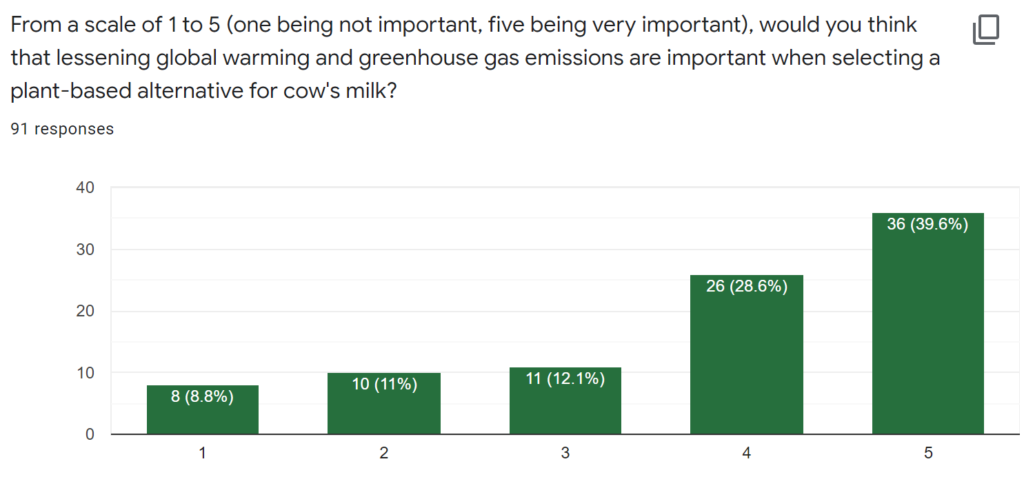
Survey Results 4 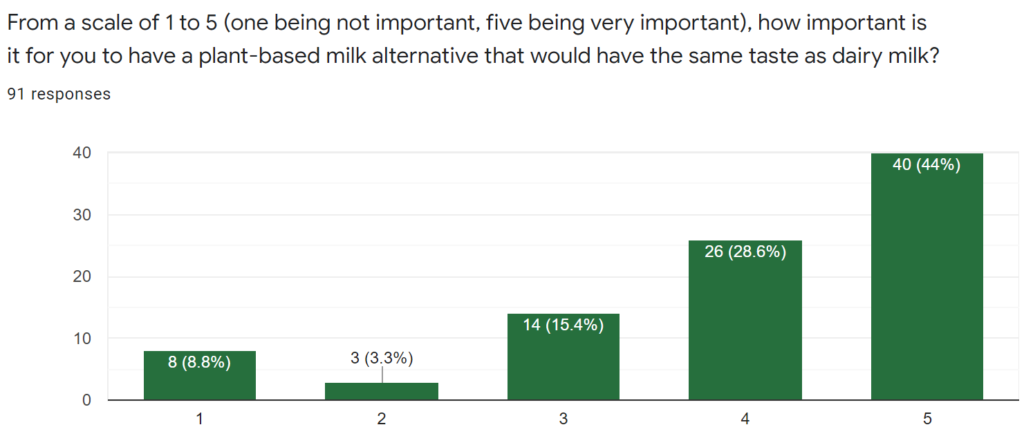
Survey Results 5 
Block Flow Diagram 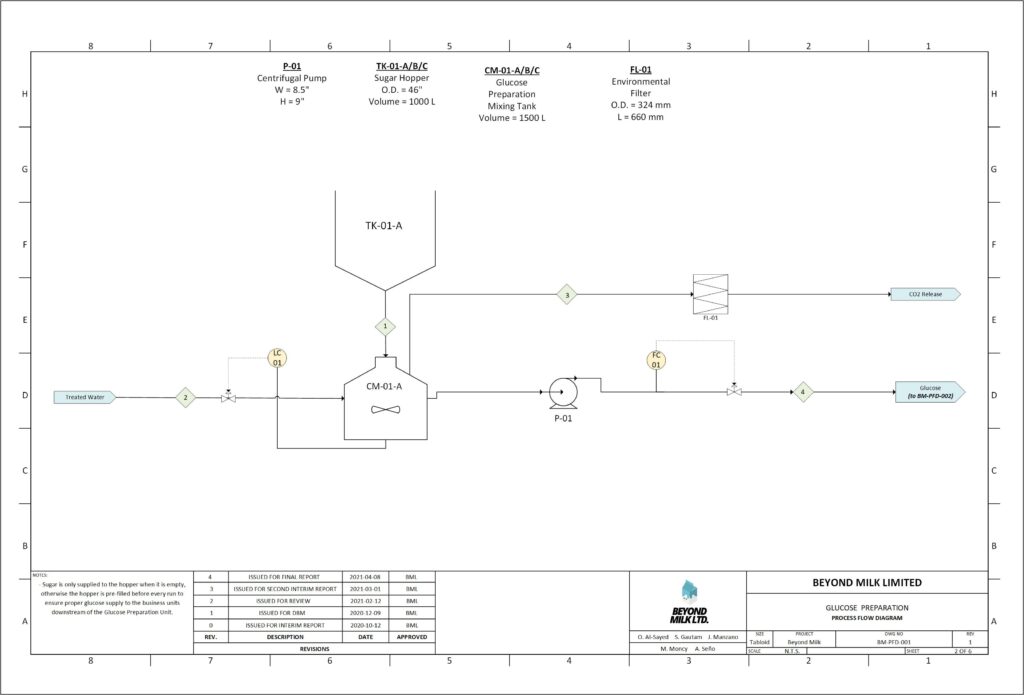
Glucose Prep PFD 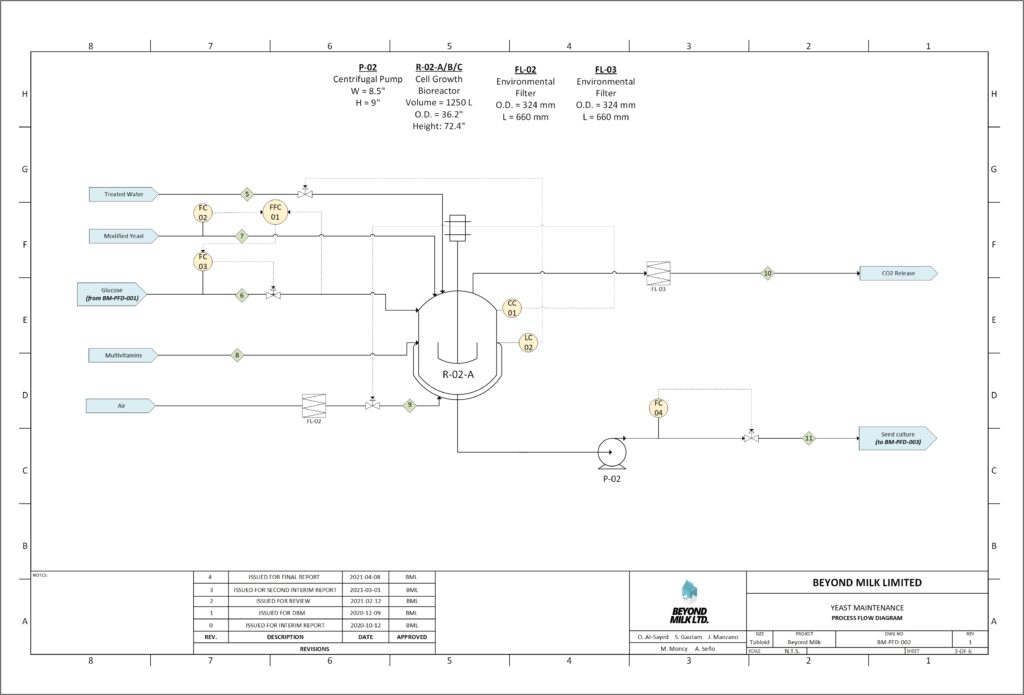
Yeast Maintenance PFD 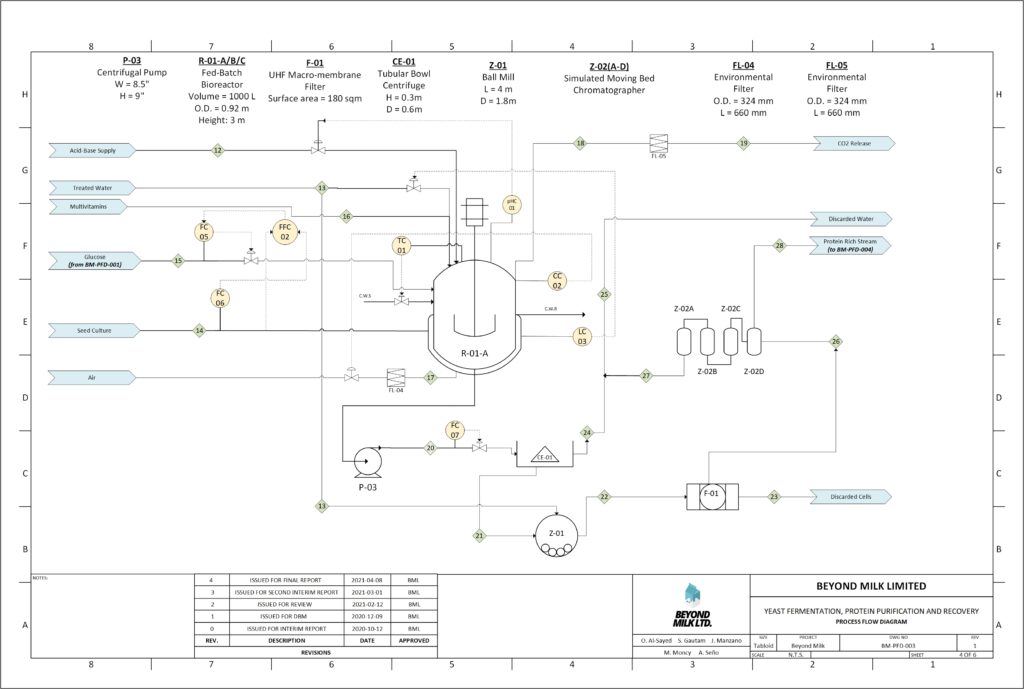
Bioreactor & Protein Purification PFD 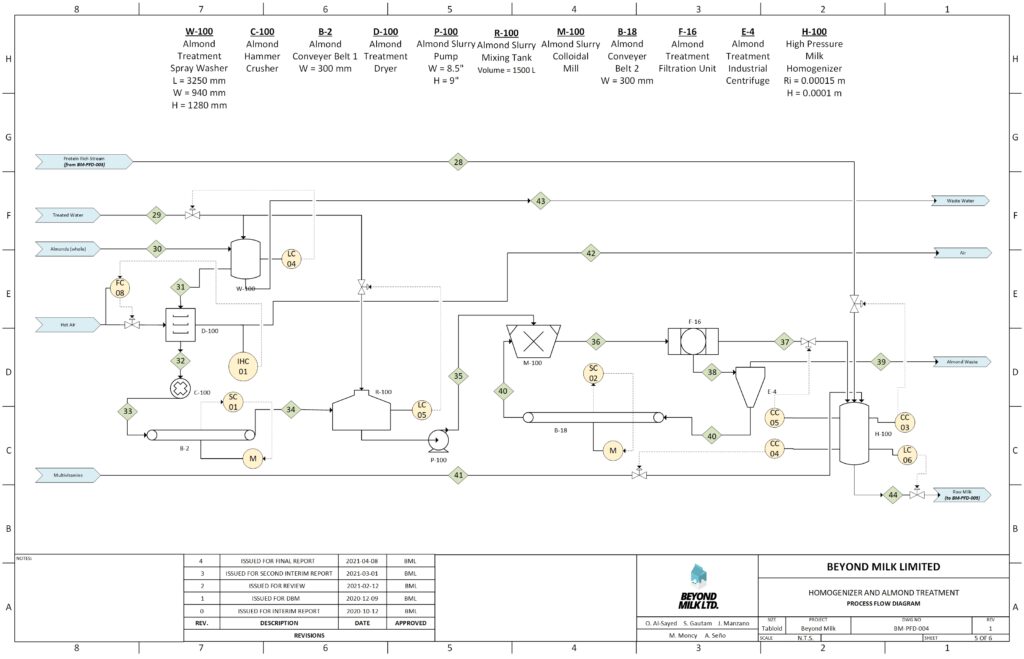
Homogenization & Almond Treatment PFD 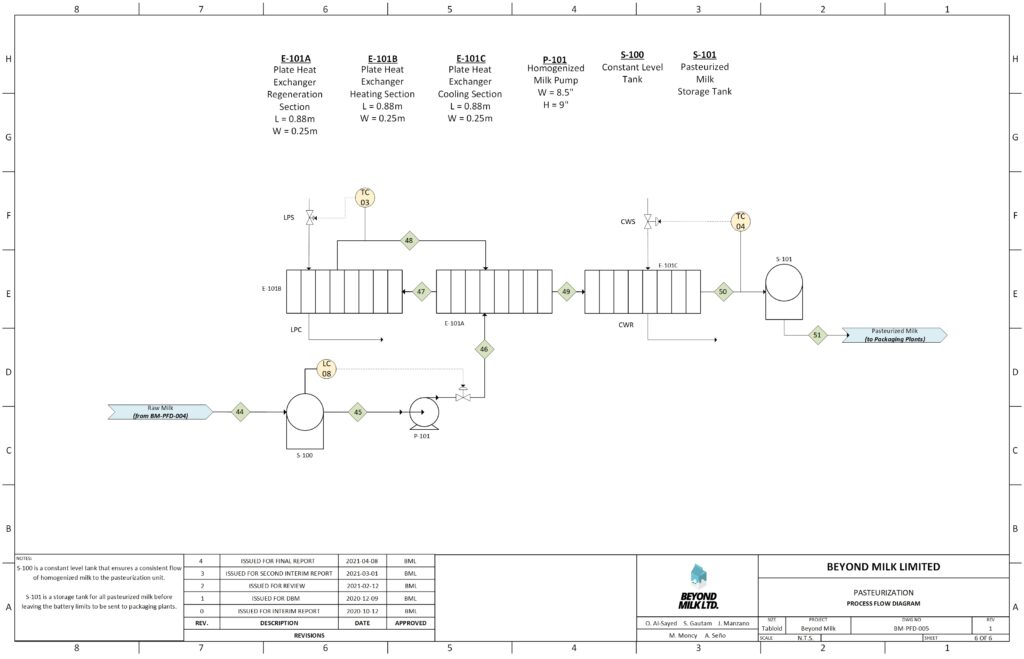
Pasteurization PFD 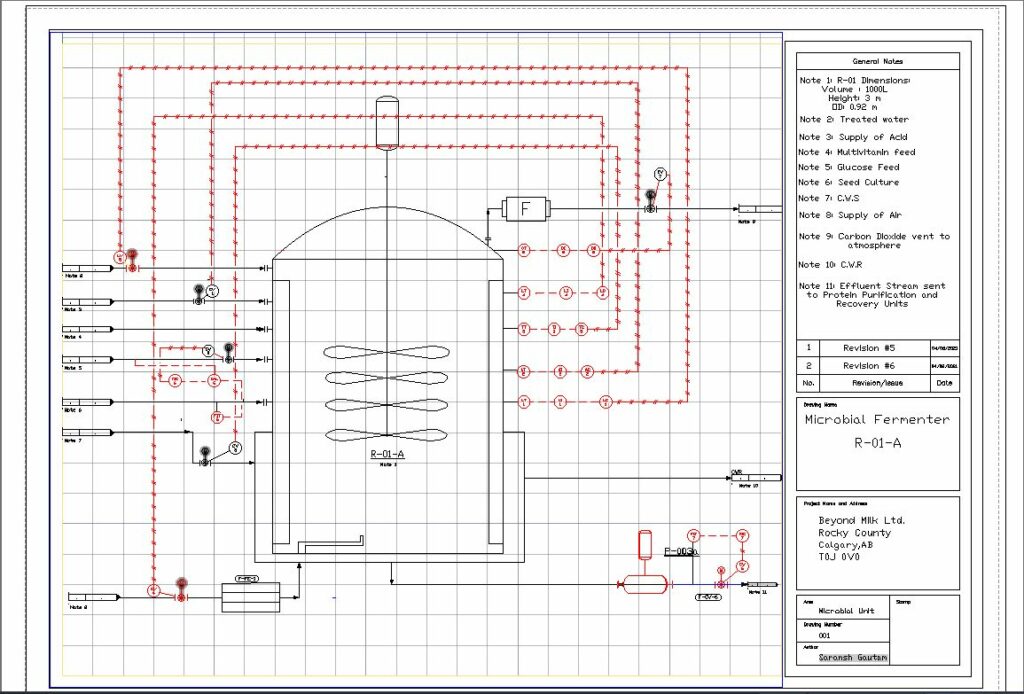
Bioreactor P&ID 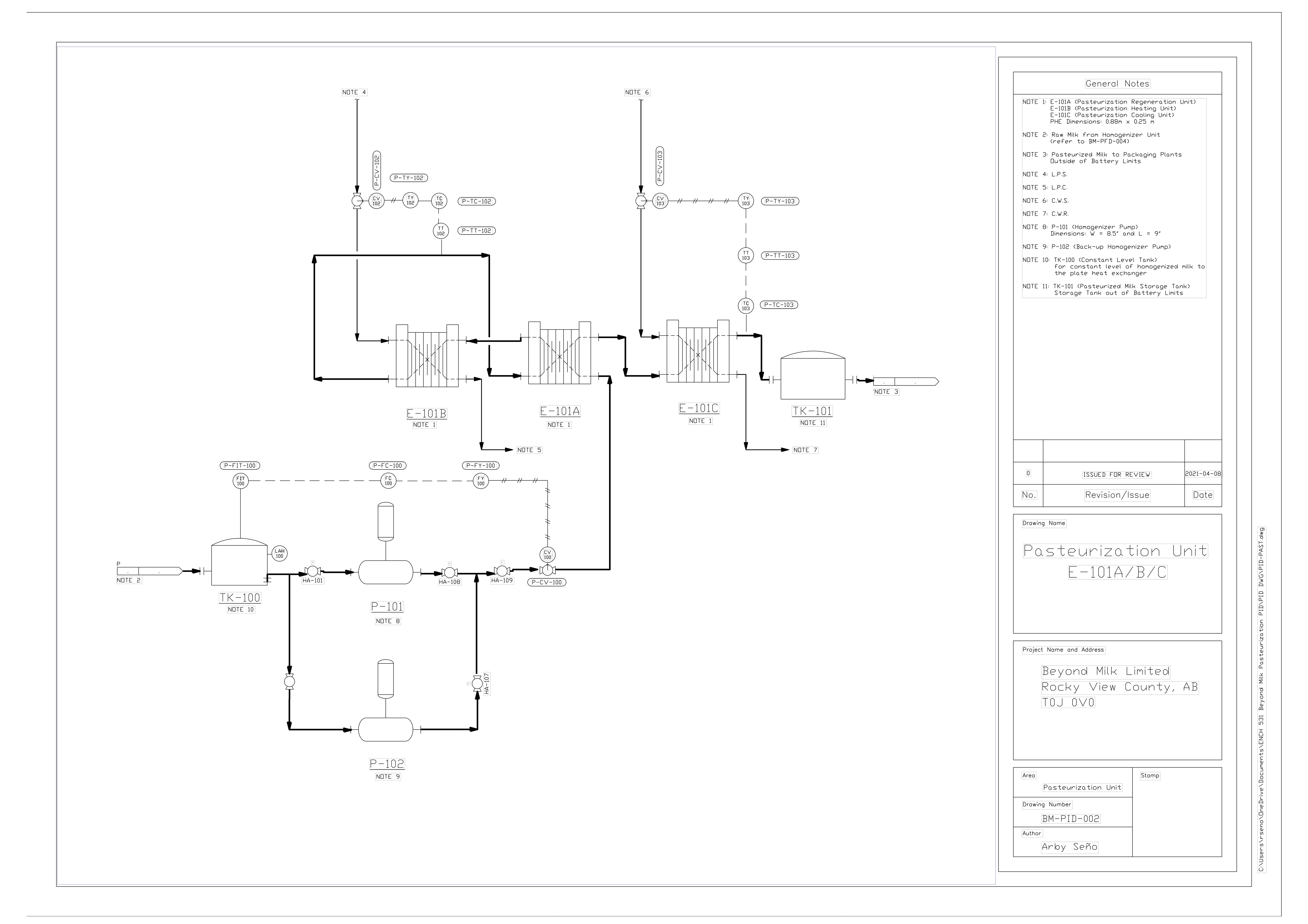
Pasteurization Unit P&ID 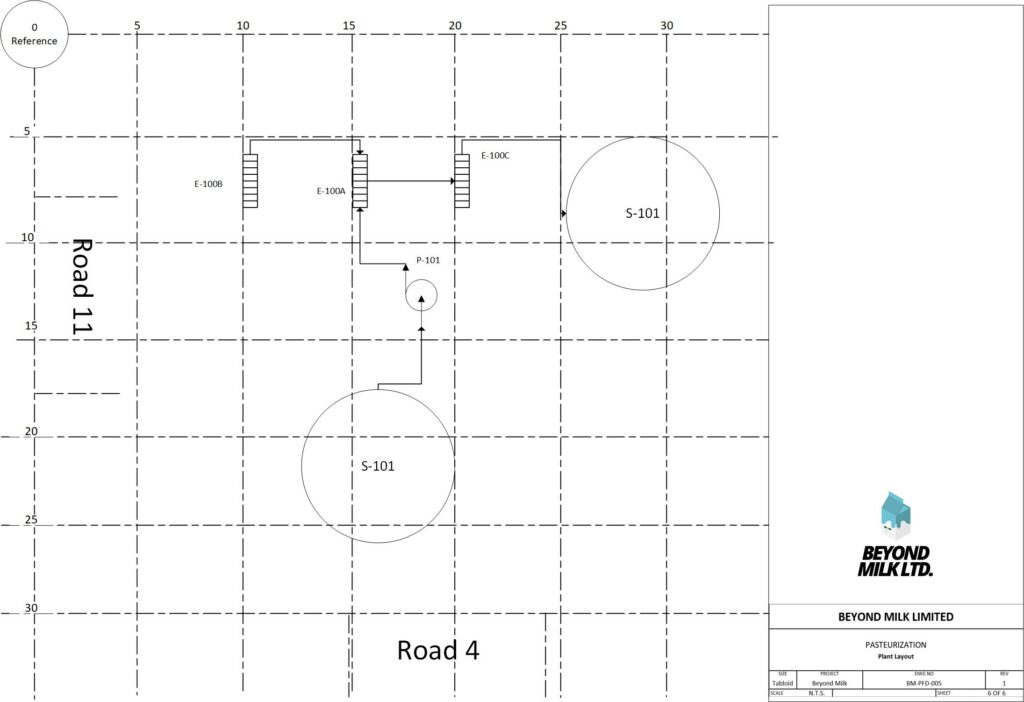
Plant Layout 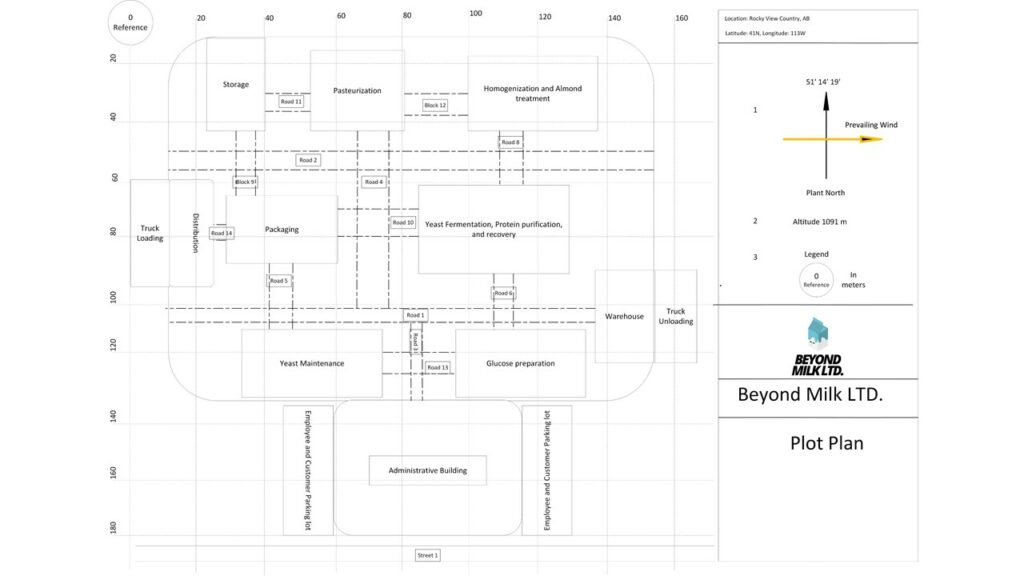
Plot Plan
